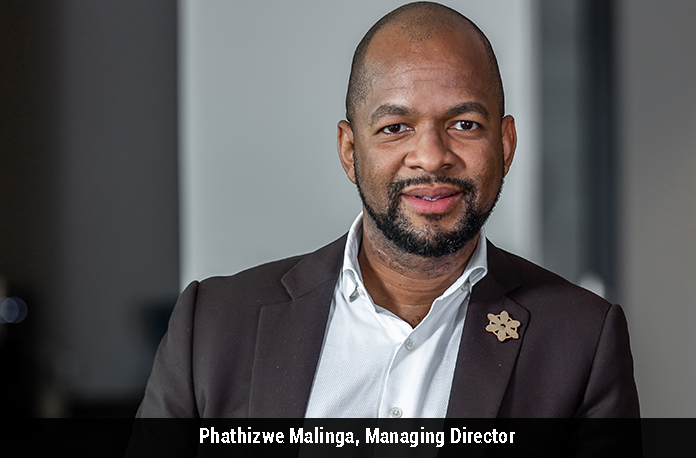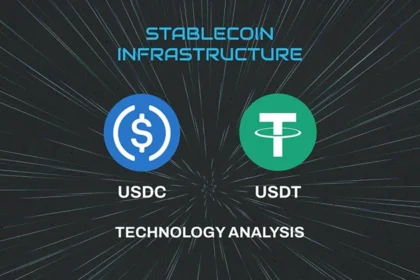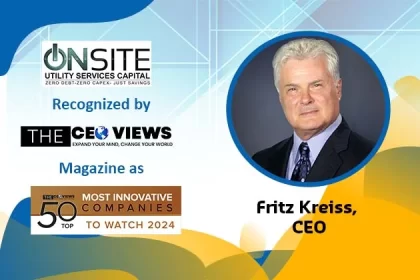It has long been said that the Internet of Things (IoT) will fundamentally change the way businesses operate and the way we, as individuals, live. However, while the potential of the technology is evident, adoption is often hampered by a fear of the complexity it brings. According to Phathizwe Malinga, managing director of SqwidNet, this complexity can be overcome by focusing on the problem that needs to be solved rather than the technology. SqwidNet, the South African licensed Sigfox operator and a wholly-owned subsidiary of Dark Fibre Africa (DFA), is driving innovation through IoT by working with its partner ecosystem to develop solutions to solve every-day problems.
IoT, in its simplest form, is connecting assets to collect data that can be used to inform decision-making. And, Malinga believes the complexity can be eliminated by ensuring you have all the right components in place at the outset.
“An IoT solution can be broken down into four components and is as simple as A, B, C and D. That means that all you need to put an IoT solution together is the Application, Back-end, Connectivity, and Devices,” he says. “Through the Sigfox partner network, you can already access over 750 end products and 630 IoT companies worldwide, which includes partners such as module providers, software providers, device manufacturers, and application development platform providers. This is an expansive IoT ecosystem that provides any business with the ability to tap into the potential of IoT and harness it for their own long-term success.”
SqwidNet’s partners use Sigfox’s global low power, wide area network (LPWAN), to provide event-driven IoT solutions that are ultra-low-cost and ultra-low maintenance. The Sigfox network covers 5 million square kilometres across 65 countries. “We had to make sure that our network was suitable to connect many assets, and could reach devices both in and outdoors, in-transit and also in remote rural areas,” says Malinga. The low-power devices are affordable and offer nationwide as well as cross-border coverage without the need for roaming agreements.
Sigfox Ready™ devices offer a battery that lasts for up to ten years and more, along with built-in reliability and security features. The company’s partners can customise and offer IoT solutions that help monitor and track any of their assets or the environment the assets are in. Moreover, these partners also provide strategic direction and advice on IoT solutions that can solve business challenges.
SqwidNet brings great economies of scale, enabling customers to access a global network on a pay-per-use model that is more affordable than any licensed spectrum. The company enables data-driven decisions to unleash the power of IoT. Their driver behaviour solution, for example, is a plug and play application that tracks driver behaviour and location, which also supports data transmission of the Engine Control Unit (ECU) parameters. This prevents misuse of company vehicles, and reckless, inefficient driving. Moreover, it reduces vehicle operating costs and insurance premiums while allowing proactive maintenance. The device is also able to provide location updates with GPS coordinates on event (e.g. entering or leaving an area), or at set intervals.
Other industries that take advantage of the SqwidNet network are network operators and municipalities, to detect the tampering with and theft of manhole covers in South Africa in real-time. The company has placed battery-operated sensors on the manholes with a lifespan of 10-year which send an alert if a manhole cover is tilted more than 45 degrees. Besides preventing unauthorised access, this helps municipalities increase public safety by attending to the potential danger an exposed manhole creates.
SqwidNet is actively growing its partner network to ensure that it has a comprehensive ecosystem in place to simplify the process of implementing an IoT solution for business. “As the South African Sigfox operator, we provide access to a global ecosystem of product, which our local partners use to create uniquely African solutions to African problems,” says Malinga. “Our partners sometimes find that international solutions might not necessarily be an exact fit for our unique challenges on the continent. This pool of international expertise allows us to look at existing solutions and to adapt them to meet the needs of our local customers.”
He adds that this eliminates the need for clients to source a variety of solution providers to fulfil their IoT requirements. “Our ecosystem includes the application, back-end, and device providers, allowing clients to select partners that will be able to deliver on a holistic IoT solution that runs on our nation-wide IoT network that is low-cost and low-power. With our growing partner network, we give local companies access to a global IoT ecosystem that can bring their assets to life.”
Malinga concludes that the perception of IoT can be simplified by focusing on the problem rather than complex technologies that resolve it. “There are a number of devices and applications that might have been developed with a specific problem in mind that, when tweaked slightly, can solve other problems as well. The key here is to apply design-thinking and not limit your creativity to what you think can be done. Sometimes even the smallest of tweaks can solve an entirely different problem. The biggest success factor lies in applying design-thinking and adapting existing components. As Aristotle famously said, the whole is greater than the sum of the parts. That is why we continue to invest in building out our network to ensure that we drive innovation through IoT as part of our broader ecosystem.”









